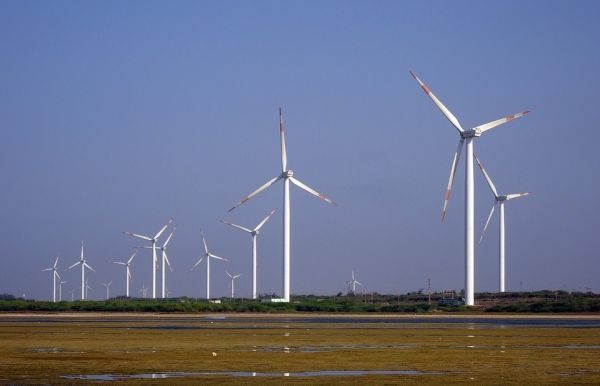On June 19, the U.S. Environmental Protection Agency (EPA) put the final nail in the coffin of the Obama administration’s signature environmental policy.
The EPA’s newly released Affordable Clean Energy (ACE) rule replaces the Clean Power Plan (CPP), which was intended to reduce greenhouse gas emissions from the power sector by 32 percent in 2030 compared to 2005 levels. The plan, which went into effect but was almost immediately put on hold by the courts, would have allowed states to meet those goals through a variety of means, including switching from burning coal to natural gas, which produces significantly less greenhouse gases, or increasing renewable energy sources. It would also have made it difficult to build new coal-fired power plants. By contrast, the new rule aims to reduce power plant carbon emissions without actually setting limits on them. Instead, the rule calls for efficiency improvements at generating stations and directs states to take the initiative on how they choose to regulate power plant emissions.
Supporters applaud the rule’s flexibility, empowerment of states and legal defensibility. Critics say the change will lead to higher emissions, damage the health of people and the environment and slow the transition to a clean-energy economy.
Read more at Stanford University
Photo credit: sarangib via Pixabay


